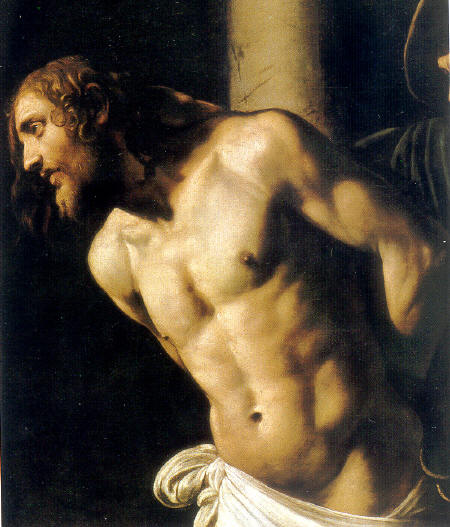Flagellation of Christ (Detail), Caravaggio, ca. 1607, Musée des Beaux-Arts, Rouen
It changed concept of justice in the procedure and in European courts.
It may have led to the introduction of torture into judicial procedure in order to bring a full proof to the courtroom.
To a certain extent, the jurists gave the "common good" equal standing with the rights of the human person in criminal procedure.
Robert Bartlett, Trial by Fire and Water 141: "Inquisitorial procedure . . . created a court situation amenable to the torturing of subjects."
Piero Fiorelli, La tortura giudiziaria nel diritto comune (Ius nostrum 1-2; Milano: 1953-1954) 1. 116-117: In the twelfth century the ordeal was equated with torture in the Exceptiones Petri, the Tübingen and Asburnham Law Books.
